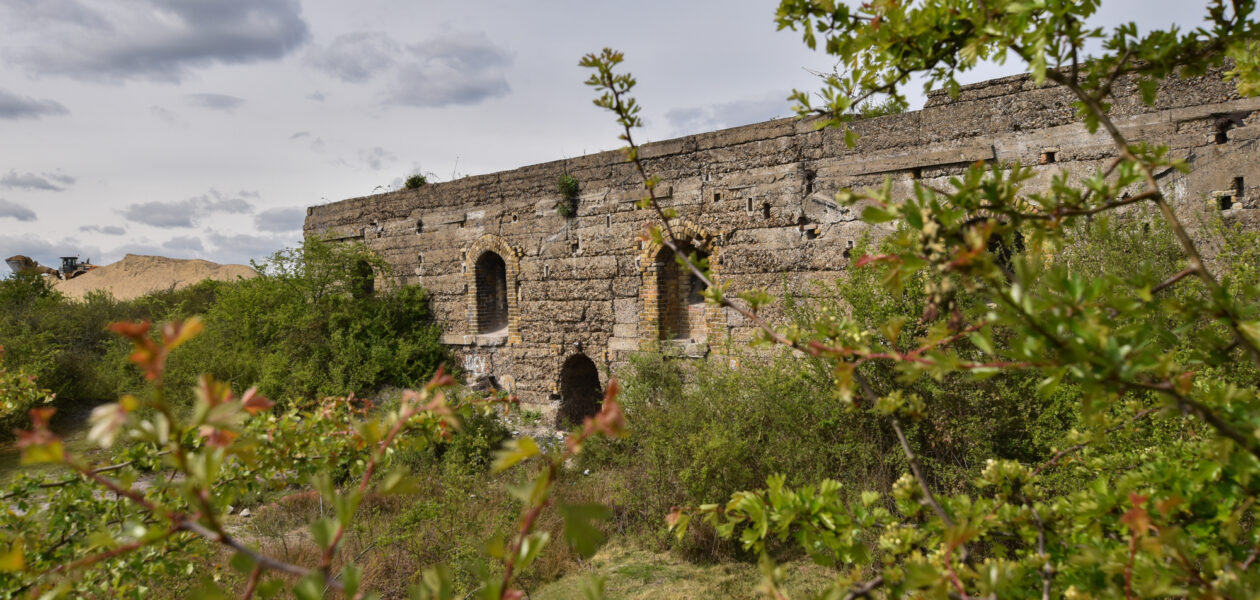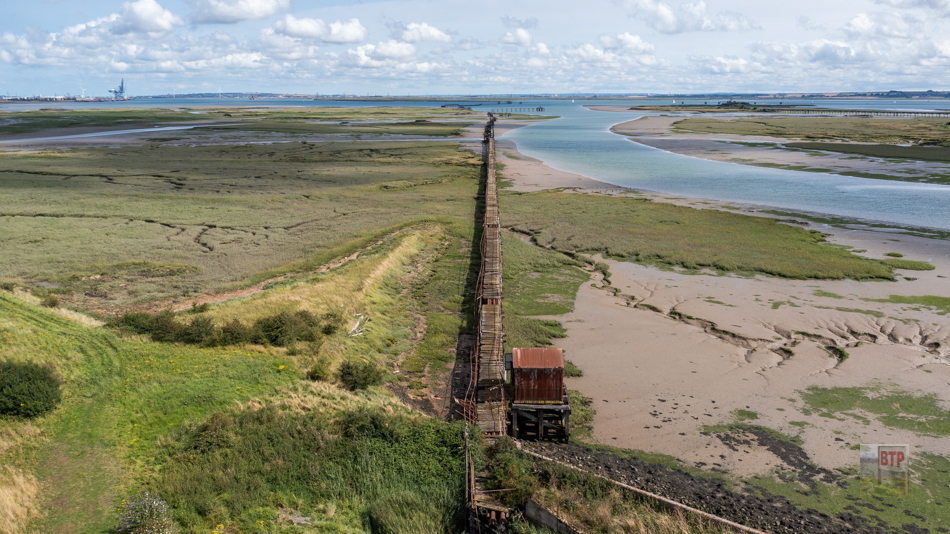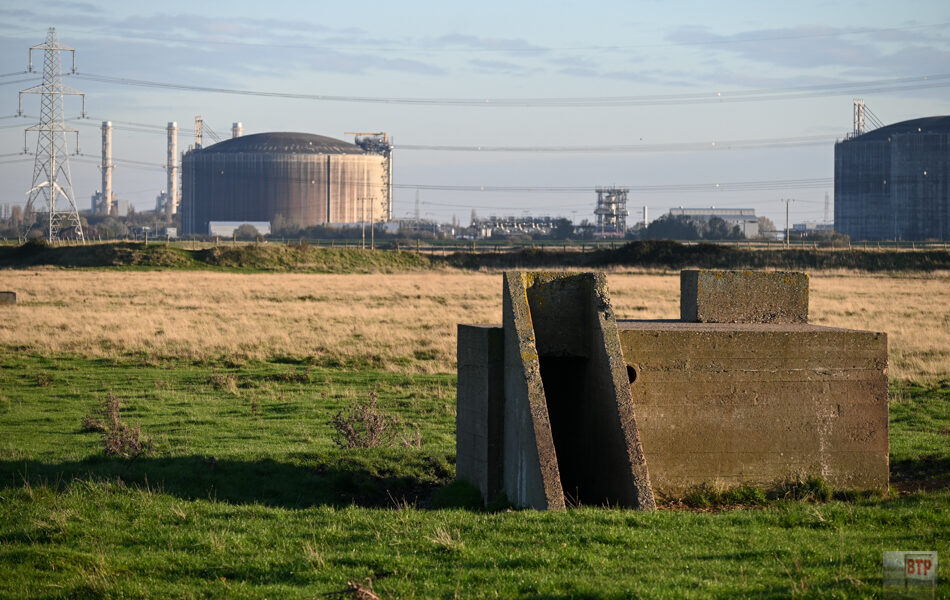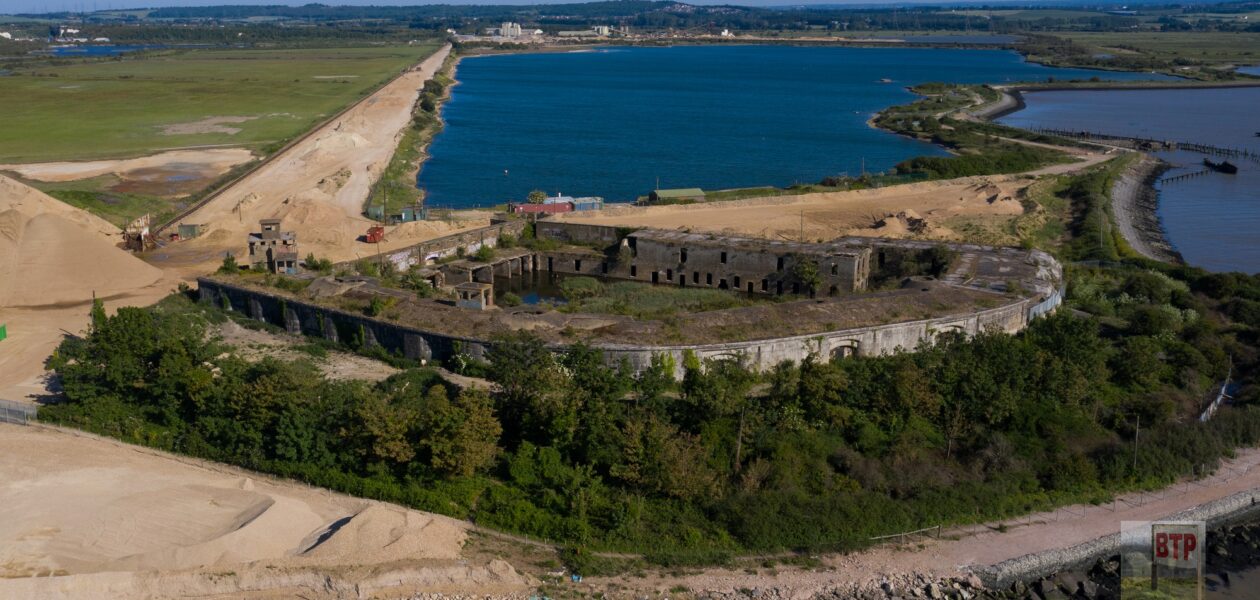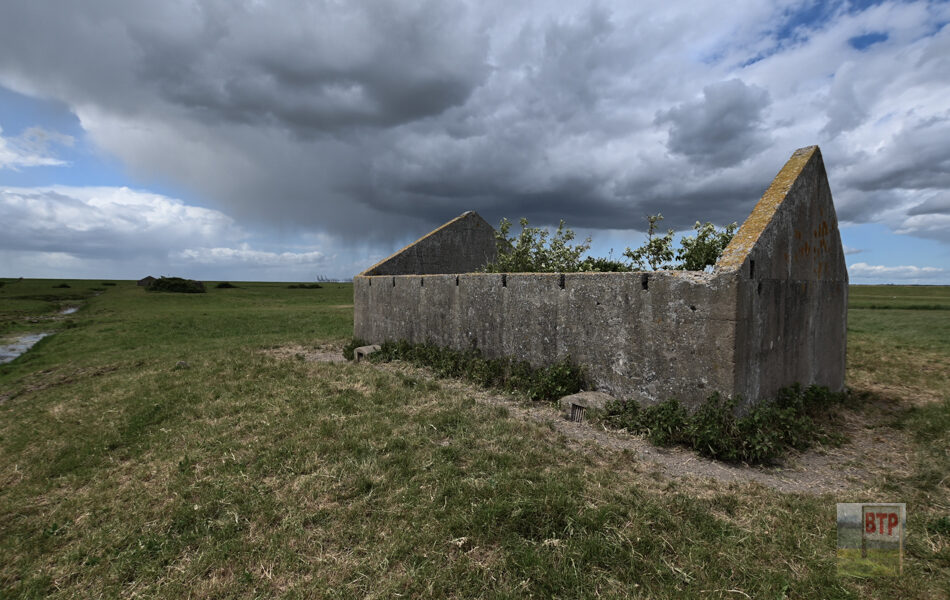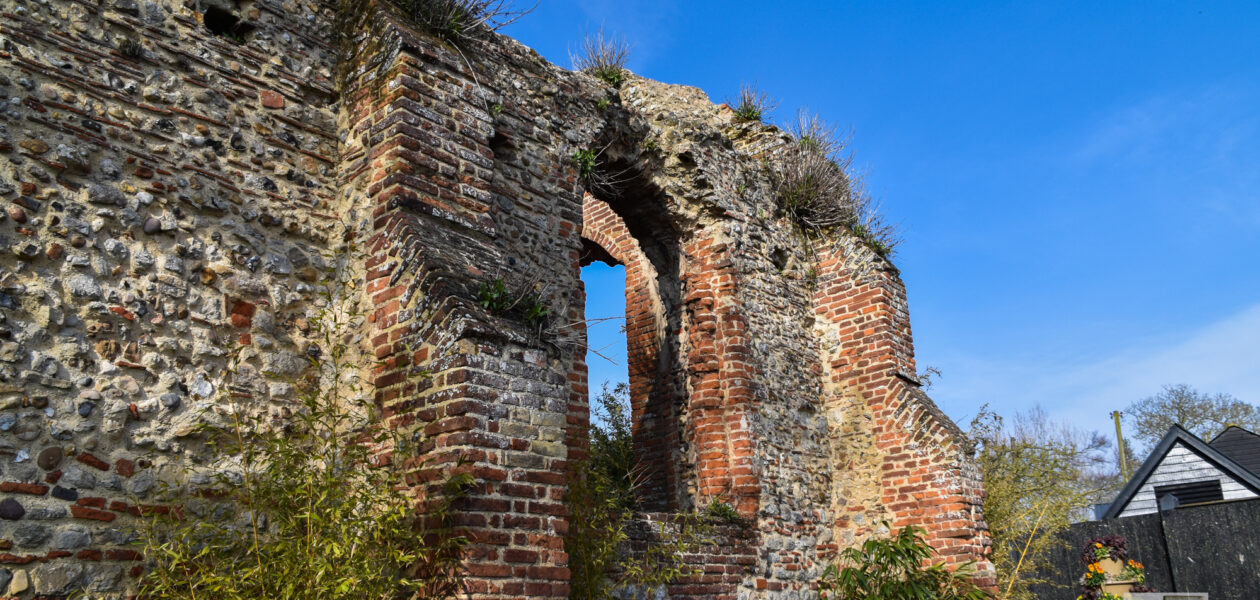Cliffe Cement Kilns & Slit Trench
The desolate expanse of Cliffe on the Southern side of the Thames has seen little use over history beyond agriculture, defence, and the cement industry. The construction needs of the Industrial Revolution called for cement development, and ‘artificial’ Portland cement which we still use today emerged in the mid 19th Century as a development from…
View More
